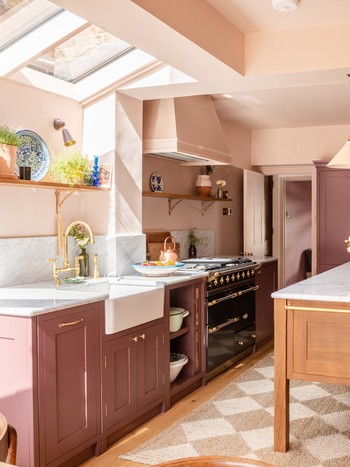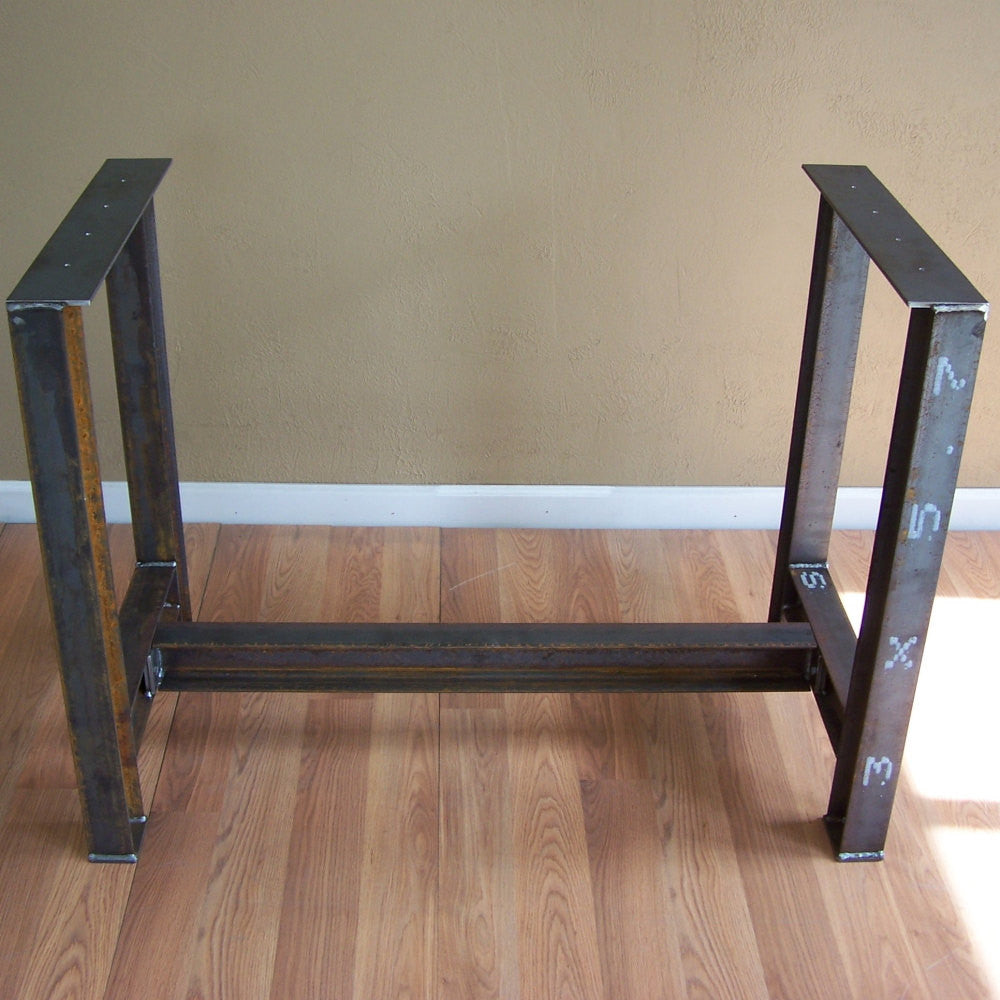Upgrade Your Kitchen's Visual with Costs Legs For Kitchen Island
Upgrade Your Kitchen's Visual with Costs Legs For Kitchen Island
Blog Article
Necessary Variables to Think About When Choosing Legs For Kitchen Area Island
Picking the proper legs for a cooking area island includes a mindful assessment of numerous factors that can substantially influence both performance and visual appeal. As we check out these components, it becomes clear that each choice can have far-reaching ramifications for the total kitchen experience.
Material Options
When choosing legs for a cooking area island, comprehending the different product options is vital for attaining both aesthetic appeal and architectural honesty (Legs For Kitchen Island). The choice of material considerably affects not just the resilience of the island however likewise its total style and functionality
Steel legs, usually made from stainless steel or functioned iron, add a modern-day and commercial feel while guaranteeing sturdiness and stability. These materials are resistant to put on and can sustain significant weight, making them suitable for bigger islands.
One more option is engineered products, like MDF or plywood, which can be extra cost-efficient while still using a variety of finishes. They might not supply the same degree of security as solid wood or steel. Legs For Kitchen Island. Finally, materials such as acrylic or glass can develop a modern look, though they might need additional assistance to make sure stability.
Ultimately, the choice of material for cooking area island legs must align with the wanted performance and the total style of the kitchen.
Design and Design

When taking into consideration style, the form and surface of the legs are important. Tapered legs can offer a feeling of agility and sophistication, while thicker, a lot more durable legs can share toughness and security. Furthermore, the surface-- be it painted, discolored, or natural-- ought to complement the cabinetry and kitchen counter materials to create a unified appearance.
Moreover, the layout of the legs can additionally mirror individual taste. Customized or decorative legs, such as those featuring detailed makings or special geometric shapes, can function as focal points, including personality and character to the kitchen. Ultimately, the appropriate selection will not only boost capability however also boost the visual charm, making the kitchen island a standout attribute of the home.
Elevation Considerations
Choosing the proper elevation for kitchen area island legs is crucial, as it directly influences both functionality and convenience. The standard height for a cooking area island usually varies from 36 to 42 visite site inches, aligning with typical kitchen counter heights.

It is additionally vital to make up individuals' preferences and elevations. Customizing the elevation can make sure a comfortable experience for all household members, making the kitchen island an extra useful and pleasurable space.
Weight Assistance
Guaranteeing ample weight support for kitchen island legs is crucial for both safety and capability. The kitchen island usually serves multiple functions, consisting of cooking, eating, and extra storage space, necessitating a durable support structure. When picking legs, it is important to take into consideration the general weight ability required based upon the island's planned use and the products that will be put on it.
The selection of material for the legs plays a considerable duty in their weight-bearing capabilities. Strong timber, metal, and durable compounds generally supply premium strength compared to lighter products. In addition, the design of the legs-- whether they are directly, tapered, or have a pedestal kind-- can influence their ability to distribute weight properly throughout the structure.
Furthermore, the leg positioning need to be strategically planned to improve security. Legs placed at the edges or with a wider base can better support much heavier tons. Constantly consult the producer's specs relating to lots restrictions to ensure that the legs can sustain the intended weight without compromising security. In summary, choosing kitchen area island legs with appropriate weight assistance is necessary for developing a secure and useful cooking room.
Installation and Maintenance
Correct installation and maintenance of kitchen island legs are critical for making certain durability and image source security. This typically involves protecting the legs to the island base using proper fasteners, making sure that the legs are level and straightened.
As soon as set up, regular maintenance is essential to protect the honesty and appearance of the legs - Legs For Kitchen Island. For wood legs, routine cleaning with a wet cloth and application of appropriate timber polish can stop moisture damage and preserve their coating. Metal legs might call for a gentle cleaning remedy to remove grease and crud, followed by a dry fabric to avoid rust development
Furthermore, check the legs regularly for signs of wear or damage, such as fractures or loosened joints. Tightening up screws or screws as required can additionally lengthen the life-span of click for info the legs. By sticking to these installment and upkeep practices, homeowners can guarantee that their kitchen island remains durable and visually appealing for many years to come.
Conclusion
:max_bytes(150000):strip_icc()/pink-marble-tile_House-of-Harvee-9f030193ae38484a9cb7ea2d71af66f4.jpg)
Visual coherence is critical in choosing the design and layout of legs for a kitchen island, as these aspects considerably affect the total ambiance of the space. Tapered legs can offer a feeling of agility and style, while thicker, more robust legs can convey strength and stability.Selecting the proper elevation for kitchen area island legs is critical, as it straight influences both functionality and convenience. In summary, choosing cooking area island legs with adequate weight support is crucial for developing a functional and risk-free cooking room.
In verdict, choosing legs for a kitchen island requires careful consideration of various elements, including material options, design, elevation, weight assistance, and setup.
Report this page